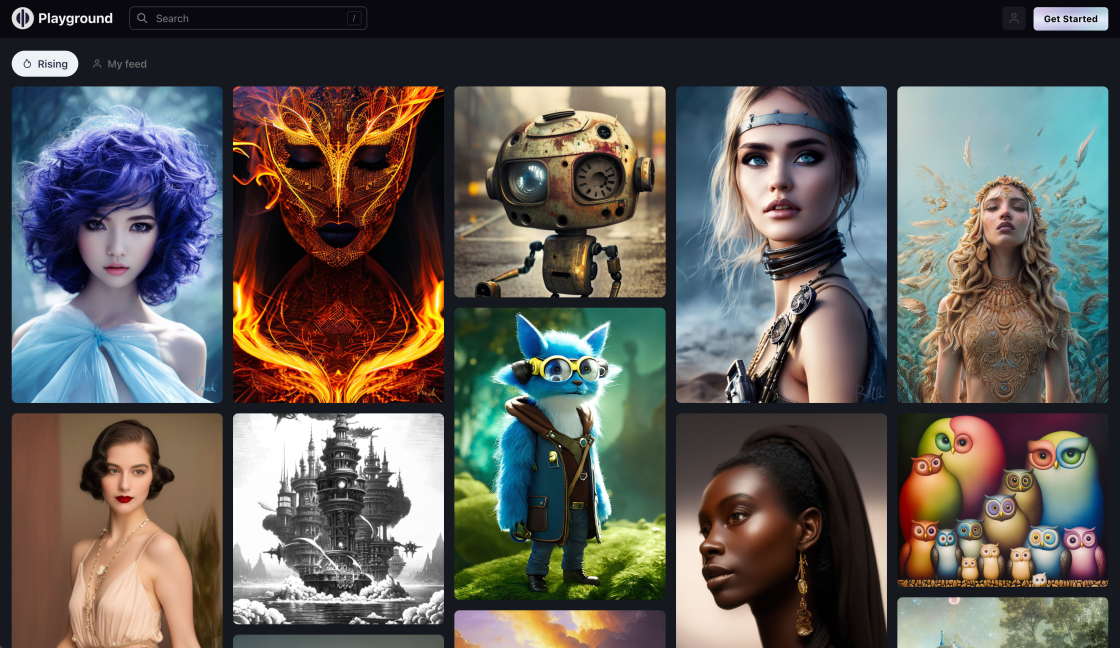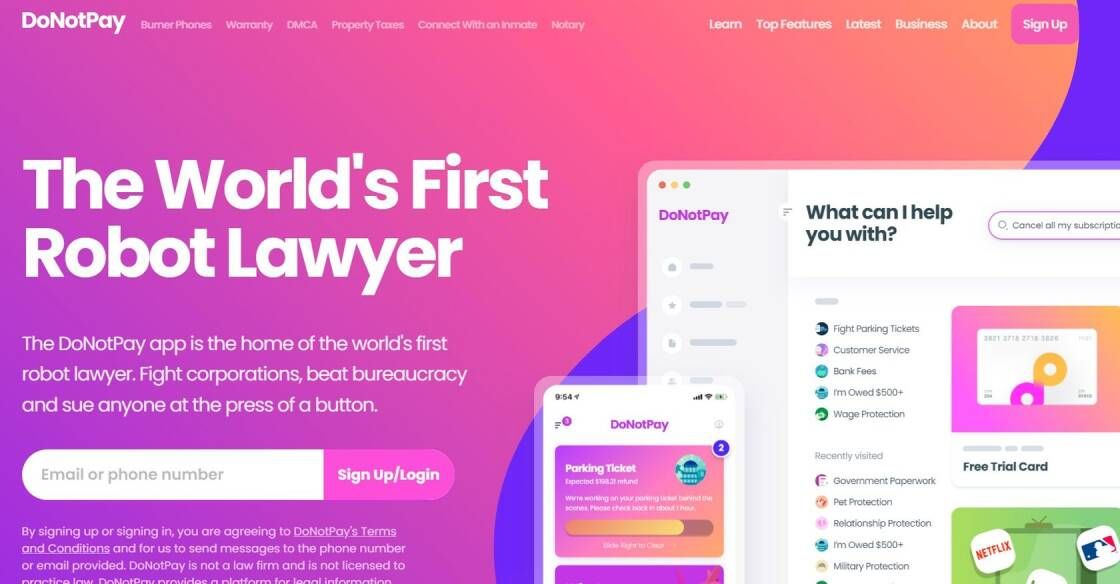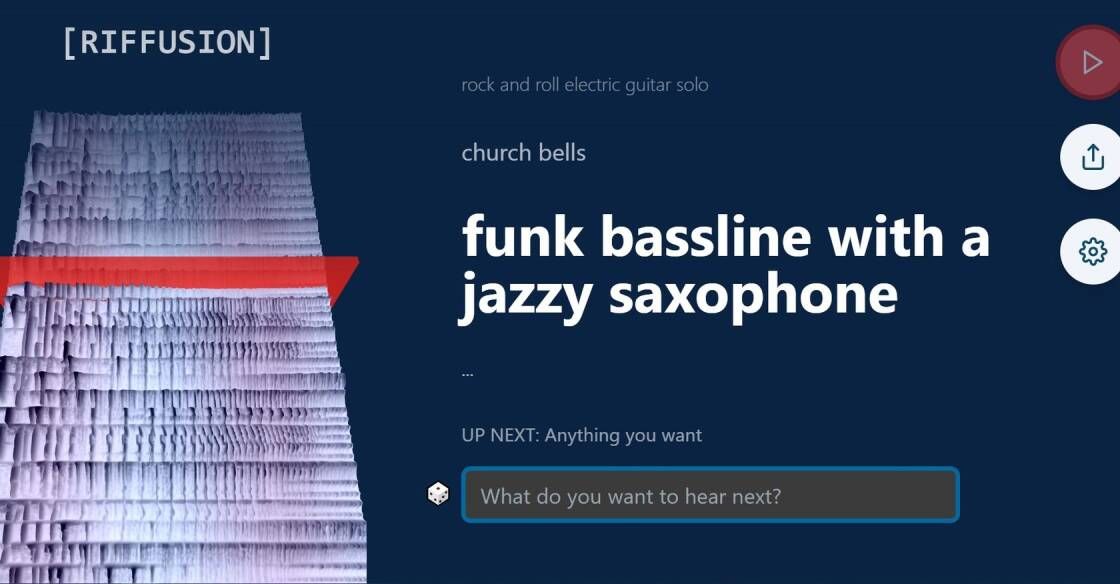

AI powered online tool used to practise mock interviews both technical and behavioural and get instant feedbacks and summary. Both voice and type based input are accepted and detailed feedback is been given on specific topics.
The advancement in Natural Language Processing (NLP) technology has led to the development of powerful large language models. Cerebras Systems, a leading provider of accelerating artificial intelligence computation, has introduced Cerebras-GPT, a family of open, compute-efficient, large language models. The Cerebras-GPT language model provides significant improvements in performance, allowing for faster processing speeds and larger amounts of data to be analyzed. Cerebras-GPT has the potential to revolutionize the NLP industry by enabling researchers and developers to build more efficient language models.
Subtitle Edit is a free, open-source software designed for Windows users to edit and create subtitles. It provides various features such as spell checking, synchronization, and translation support for over 80 languages. The software also supports most subtitle formats, making it an excellent tool for both amateur and professional subtitlers. With its user-friendly interface, users can easily navigate through the program and perform tasks with ease. Overall, Subtitle Edit is an efficient and reliable tool for anyone looking to create or edit subtitles for their videos.
IBM Watson Knowledge Studio is a cutting-edge cloud-based annotation tool that has revolutionized the development of custom AI models. With its advanced natural language processing (NLP) capabilities, this tool has been designed to help teams create domain-specific models with ease. The platform provides users with the necessary tools and resources to develop highly accurate and effective AI models that can be used to solve complex business problems. Thanks to its robust features and user-friendly interface, IBM Watson Knowledge Studio is rapidly becoming one of the most popular AI development tools on the market today.
Megatron NLG is an incredibly powerful monolithic transformer language model designed for natural language processing (NLP). It is the largest and most powerful of its kind, boasting an impressive size that is three times larger than OpenAI's GPT-3. With this model, users have access to a wide range of capabilities that allow them to create high-quality text-based applications with an unprecedented level of accuracy.
DeepMind RETRO is an innovative language model that has the potential to revolutionize natural language processing. By utilizing trillions of tokens, it can accurately retrieve information from text data and make predictions about what a user might type next. This technology is a major breakthrough in the field of artificial intelligence and has great potential to be applied in many areas such as search engines, voice recognition, and machine translation. With this powerful tool, we can move beyond traditional language modeling techniques and open up new possibilities for improving language understanding.

AI Roguelite
AI Roguelite on Steam

Alien Genesys
AI Powered DNA Analysis

InVideo
AI-Powered Video Creation

PlaygroundAI
A free-to-use online AI image creator

Donotpay
DoNotPay - The World's First Robot Lawyer

Erase.bg
Free Background Image Remover: Remove BG from HD Images Online - Erase.bg

Artbreeder
AI-Generated Art and Design

Riffusion
Riffusion generates music from text prompts. Try your favorite styles, instruments like saxophone or violin, modifiers like arabic or jamaican, genres like jazz or gospel, sounds like church bells or rain, or any combination
The spread of information and new ideas is an integral part of our society. The success of any new idea or product is highly dependent on its ability to diffuse through different channels and reach a wider audience. In recent years, the emergence of big data and advanced analytics techniques has opened new avenues for researchers to study the diffusion of information. One such model that has gained significant attention in the research community is M-VADER (Multimodal VAriant Diffusion with Event and Role), which is a novel approach for modeling diffusion processes in heterogeneous networks. The model has been designed to analyze the impact of various factors, including user roles, interactions, and events, on the diffusion of information in a given network. M-VADER employs a multimodal approach that combines text and network-based features to capture complex user behaviors and information dynamics. In this paper, we provide an overview of the M-VADER model, its key features, and applications in real-world scenarios. This research has the potential to revolutionize our understanding of how information spreads and can be used to develop more effective strategies for diffusion and marketing campaigns.
M-VADER is a model for diffusion that incorporates multimodal context to better understand and predict the spread of information and behaviors.
M-VADER integrates multiple sources of information, such as social media, demographics, and geographic location, to create a more comprehensive understanding of diffusion patterns.
M-VADER can be applied to a variety of fields, such as marketing, public health, and social sciences, to study the spread of information, behaviors, and trends.
M-VADER has been shown to outperform traditional diffusion models in terms of accuracy and predictive power, particularly in complex and dynamic contexts.
Yes, M-VADER is designed to handle large and diverse datasets in real-time, enabling rapid analysis and response to changing diffusion patterns.
Yes, M-VADER considers the role of context and community in diffusion, allowing for more nuanced and culturally-sensitive analysis.
M-VADER adheres to ethical guidelines for data collection and analysis, ensuring the anonymity and confidentiality of individuals and groups.
Yes, M-VADER is flexible and can be adapted to different research questions, datasets, and contexts, making it a versatile tool for interdisciplinary research.
M-VADER was developed by a team of researchers from the University of Southern California, led by Dr. Emilio Ferrara.
More information about M-VADER, including research publications and software code, can be found on the official website of Dr. Ferrara's research group at the University of Southern California.
| Competitor | Difference from M-VADER |
|---|---|
| 1. MOSES (Modeling of Semantic Expressiveness) | MOSES uses a different modeling approach than M-VADER, focusing on semantic expressiveness rather than multimodal context. |
| 2. MMDA (Multimodal Distributional Analysis) | MMDA uses similar multimodal techniques as M-VADER, but focuses on different use cases and applications. |
| 3. HME-DPM (Hierarchical Max-Ent Dirichlet Process Mixture) | HME-DPM is a more complex and computationally intensive model than M-VADER, but may produce more accurate results in some cases. |
| 4. MM-LDA (Multimodal Latent Dirichlet Allocation) | MM-LDA focuses exclusively on topic modeling and therefore has a narrower application scope than M-VADER. |
| 5. MMSB (Multimodal Mixed Membership Stochastic Blockmodel) | MMSB is similar to M-VADER in that it models relationships between different modalities, but uses a different mathematical approach to do so. |
M-VADER is a model that integrates different types of data and modalities to predict the spread of information or behavior through social networks. It is a useful tool for researchers and practitioners interested in understanding how ideas, opinions, and behaviors diffuse through populations.
One of the key features of M-VADER is its ability to incorporate multimodal data. This means that the model can take into account various types of information, such as text, images, and videos, to better predict how information spreads through social networks. By considering multiple modes of communication, M-VADER provides a more comprehensive view of the diffusion process.
Another important aspect of M-VADER is its focus on context. The model incorporates contextual information, such as the social network structure and the content of the message being diffused, to better predict how information will spread. This is particularly important given the complex nature of social networks and the diverse range of messages that are shared within them.
M-VADER is also designed to be flexible and adaptable to different types of diffusion scenarios. The model can be used to study the spread of ideas, innovations, products, and behaviors, among other things. It can also be customized to different social network structures and communication channels.
Overall, M-VADER is a powerful tool for understanding and predicting the spread of information and behavior through social networks. Its ability to integrate multimodal data and contextual information makes it a valuable resource for researchers and practitioners in a variety of fields.
TOP